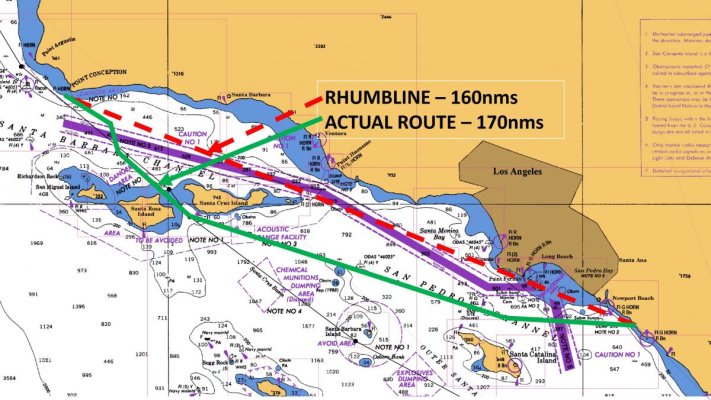Patrick4002
Senior Member
- Joined
- Nov 30, 2019
- Messages
- 134
- Location
- België
- Vessel Name
- Lady Penelope
- Vessel Make
- Trader 54 sunliner
i have ais in use send and receive and i foud out its the best for inland, you can see around the corner and yes not all boats have ais, but in Europe all commercial vessels need to have ais by law, the best thing is if they want to make a call to you they don't have to shout hello smale white boat in fornt of us but they can call hello 'name of your boat'in front of us and you now direct the call is for you


